Donation Letter Template for Sports Teams and Events
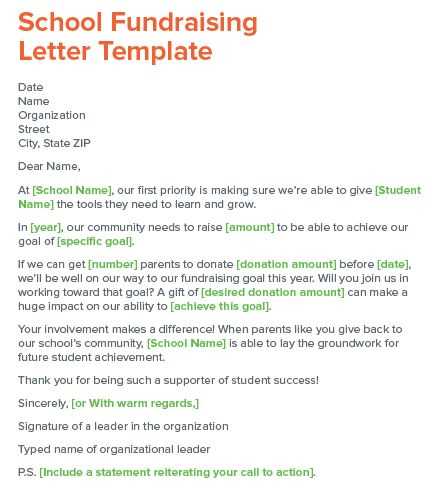
Securing funding or resources for a team or event requires clear and professional communication. Crafting a well-structured appeal can significantly increase the likelihood of receiving the desired support. A well-written request not only conveys the needs but also builds trust and shows gratitude for the potential contributions.
In this guide, you’ll find helpful advice on creating a compelling and persuasive message that resonates with potential sponsors or supporters. By focusing on key elements like personalization, tone, and the purpose behind the request, you can enhance your chances of success. The process is about more than just asking for help – it’s about building lasting relationships based on shared goals.
How to Craft a Request for Support
Creating an effective appeal for support requires a thoughtful approach. The message should clearly communicate the needs, while also emphasizing the impact the contribution will make. Whether you are seeking financial help or resources, the structure of your message is essential in capturing attention and building trust.
Focus on the Purpose and Impact
Start by outlining the goal of your appeal and how the support will benefit the team or event. Be specific about how contributions will be used, whether it’s for equipment, travel expenses, or other essential needs. This helps potential supporters understand the importance of their involvement and the direct effect their help will have on the overall success.
Personalize the Message
Make your request unique by addressing the recipient personally, if possible. Show how their values align with the cause and highlight any prior relationships or common goals. Personalization can increase the likelihood of a positive response, as it demonstrates genuine effort and a commitment to building long-term support.
Key Components of an Effective Request
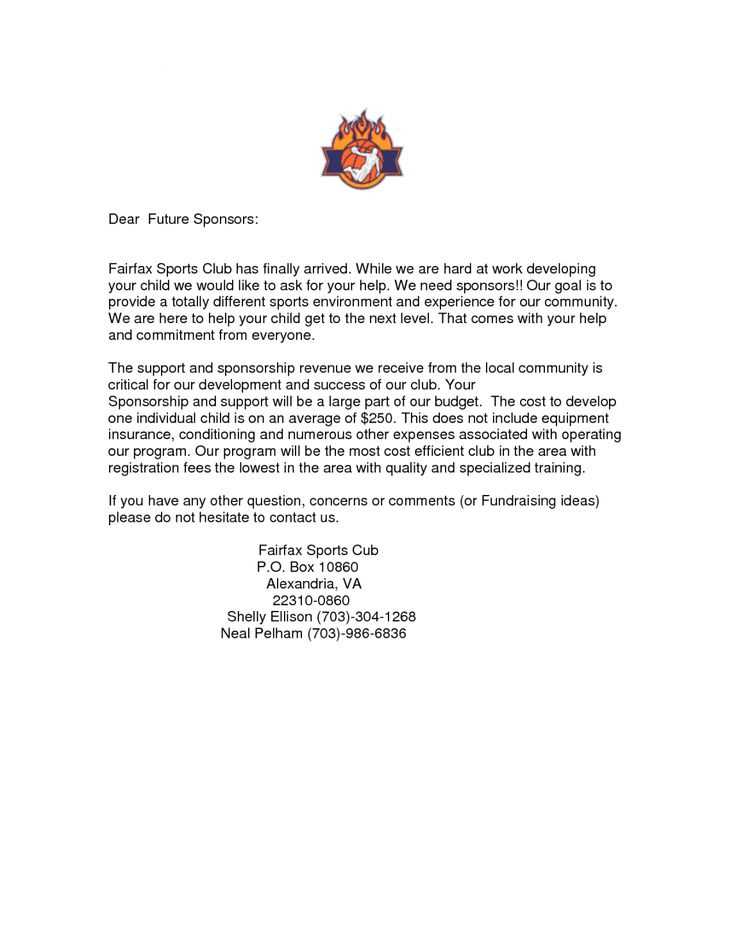
To ensure your appeal stands out and generates the desired response, it’s important to include certain essential elements. A well-structured message not only presents your needs but also makes the request clear, persuasive, and respectful. Here are the core components that should be included in any successful ask for support.
Clear and Concise Introduction
Your introduction should immediately explain the purpose of the message and establish the importance of the cause. Be direct but polite, letting the reader know why you are reaching out and what you need from them. Make sure to create a strong first impression by keeping it concise yet informative.
Specific Details and Impact
Providing specific information about how the resources or funding will be used is crucial. Clearly outline how the contribution will benefit the team or event, and describe the positive outcomes that will result. This helps the reader see the tangible difference their involvement can make.
| Component | Details |
|---|---|
| Introduction | State the purpose clearly and professionally. |
| Specifics | Explain how the contribution will be used. |
| Personalization | Address the reader directly and relate to shared goals. |
| Conclusion | Thank the reader and encourage a response. |
Strategies for Personalizing Your Appeal
Personalizing your request is a powerful way to engage potential supporters and increase your chances of success. By tailoring the message to the individual or organization you’re reaching out to, you demonstrate that you understand their values and priorities. This approach helps build a connection and shows that you value their unique contribution.
Know Your Audience
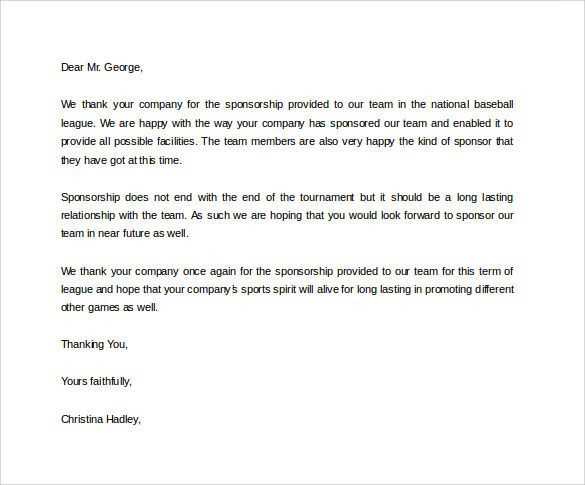
Before crafting your message, take the time to research the recipient. Understand their interests, past involvement in similar causes, and their connection to the community. By mentioning specific details that resonate with them, you can make your appeal more relevant and engaging.
Highlight Shared Values and Goals
Link the cause to the recipient’s values. Whether it’s supporting youth development, community engagement, or enhancing team performance, emphasizing how their support aligns with their own goals can create a stronger emotional connection. When people see the personal impact of their involvement, they are more likely to take action.
Avoiding Common Pitfalls in Requests
When crafting an appeal, there are several common mistakes that can undermine its effectiveness. Recognizing and avoiding these pitfalls ensures your message is professional, clear, and compelling. Below are some of the key errors to watch out for when asking for support.
- Being Too Vague: Always provide specific details about the cause and how the support will be used. Ambiguity can lead to confusion and make it difficult for the recipient to understand the impact of their potential contribution.
- Overwhelming the Reader: Avoid making the message too long or complicated. A concise and to-the-point approach is far more effective in holding the reader’s attention and delivering your key points.
- Ignoring the Recipient’s Interests: Tailor your message to the individual or organization. Failing to do so may make the request seem generic, and the reader might not feel personally invested in the cause.
- Lack of Gratitude: Always express appreciation, both in the introduction and conclusion. Acknowledging the recipient’s time and potential contribution shows respect and can encourage a positive response.
- Missing a Clear Call to Action: Be sure to clearly ask for the specific support you need. Without a direct request, the recipient may be unsure of how to help.
Best Practices for Following Up
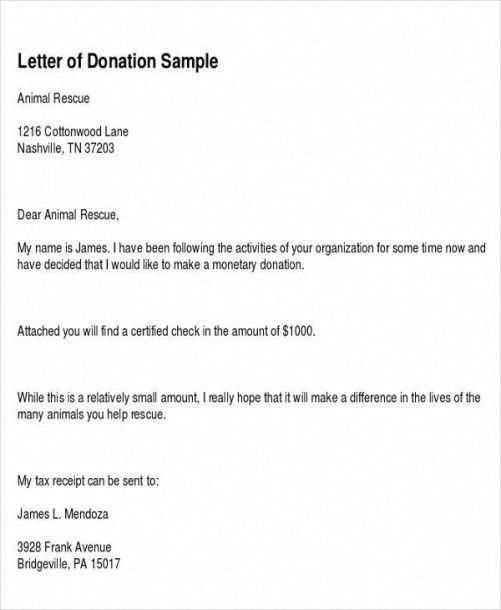
Following up after making an appeal is an important step in the process of securing support. A well-timed and professional follow-up shows your continued interest, reinforces the importance of the request, and provides an opportunity to address any questions or concerns the recipient may have. Here are some best practices to consider when following up on your initial communication.
Timing is Key
Give the recipient enough time to process your request before reaching out again. A general rule of thumb is to wait about one to two weeks after sending your initial message. This allows the individual or organization to review your request and consider their response without feeling rushed.
Be Polite and Respectful
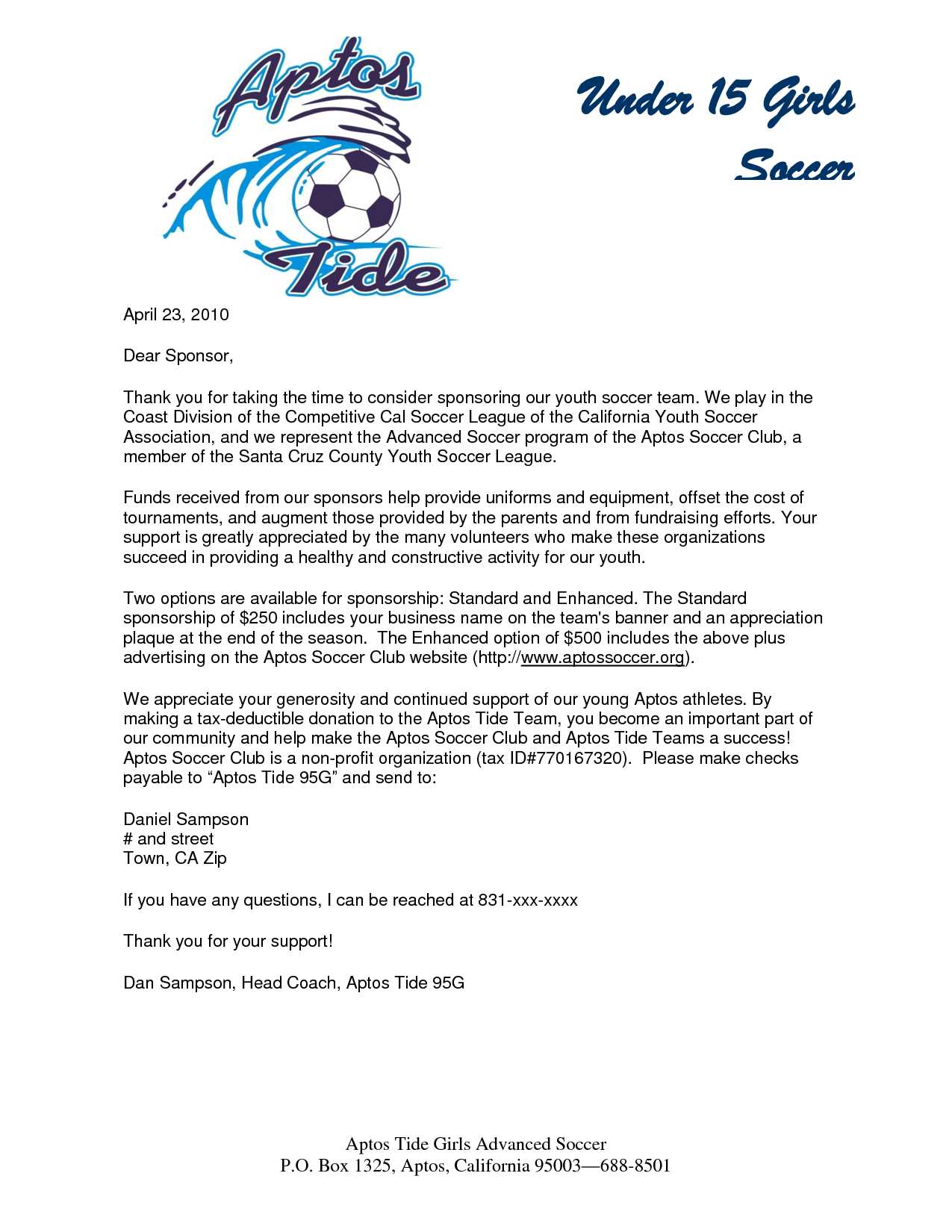
When following up, maintain a respectful tone. Acknowledge that the recipient may be busy and express appreciation for their time. A polite and considerate approach increases the likelihood of a positive response and demonstrates your professionalism.
Understanding Legal Aspects of Fundraising
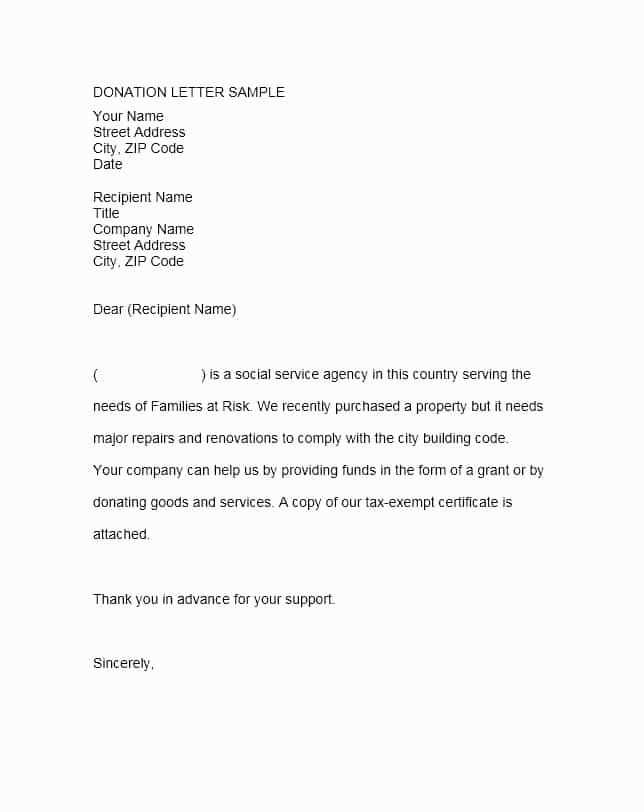
When seeking financial support, it’s essential to understand the legal framework surrounding your efforts. Fundraising activities are often subject to various rules and regulations, ensuring transparency and protecting both the fundraisers and the donors. Being aware of these legal aspects helps avoid potential legal issues and ensures the process is carried out ethically and responsibly.
Compliance with Local Laws
Different regions may have specific laws regarding how funds can be raised, including the need for permits or licenses. It’s important to research the regulations in your area to ensure that your efforts are compliant with local legal requirements. This may also include registering your cause with relevant authorities or following guidelines on how funds should be handled.
Donor Privacy and Transparency
It’s crucial to maintain transparency about how the funds will be used and ensure that donor information is kept confidential. Many jurisdictions have strict privacy laws to protect personal data. Failing to disclose information about fund usage or mishandling personal details can lead to legal consequences, damaging trust and the credibility of your campaign.
Examples of Sports Donation Letters
Providing examples of well-crafted requests can be an invaluable guide when you’re preparing your own communication to seek financial support. These samples help illustrate different approaches and structures, showcasing how to personalize your appeal, make a compelling case, and encourage recipients to contribute. Below are examples of how to structure your outreach effectively.
Example 1: General Fundraising Appeal
Dear [Recipient’s Name],
We hope this message finds you well. Our team is striving to provide young athletes with the resources they need to achieve their full potential, and we need your support. With your contribution, we can provide training, equipment, and mentorship to those eager to improve their skills. Your generosity will make a lasting impact on our community.
We appreciate your consideration and look forward to your support in helping our athletes reach new heights.
Warm regards,
[Your Name]
Example 2: Targeted Request for Event Support
Dear [Recipient’s Name],
As we prepare for our upcoming charity event, we’re seeking partners who share our passion for empowering athletes. This event will raise funds to provide essential resources for local youth teams, and we would love for you to be a part of this exciting opportunity. Your involvement will help us reach our goal and provide athletes with the equipment they need to succeed.
Thank you for considering our request, and we look forward to partnering with you for a successful event.
Sincerely,
[Your Name]